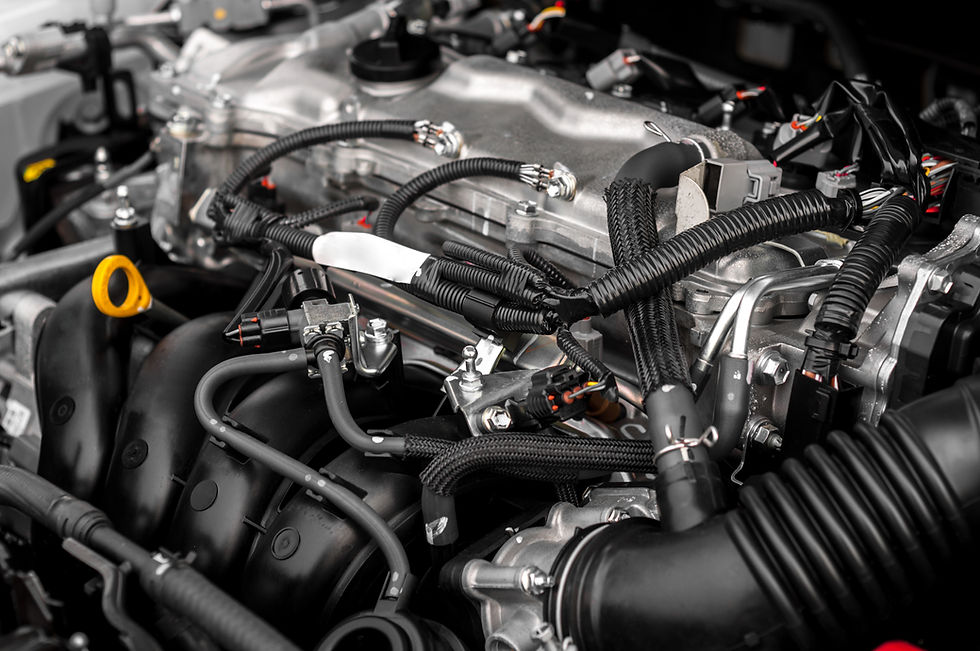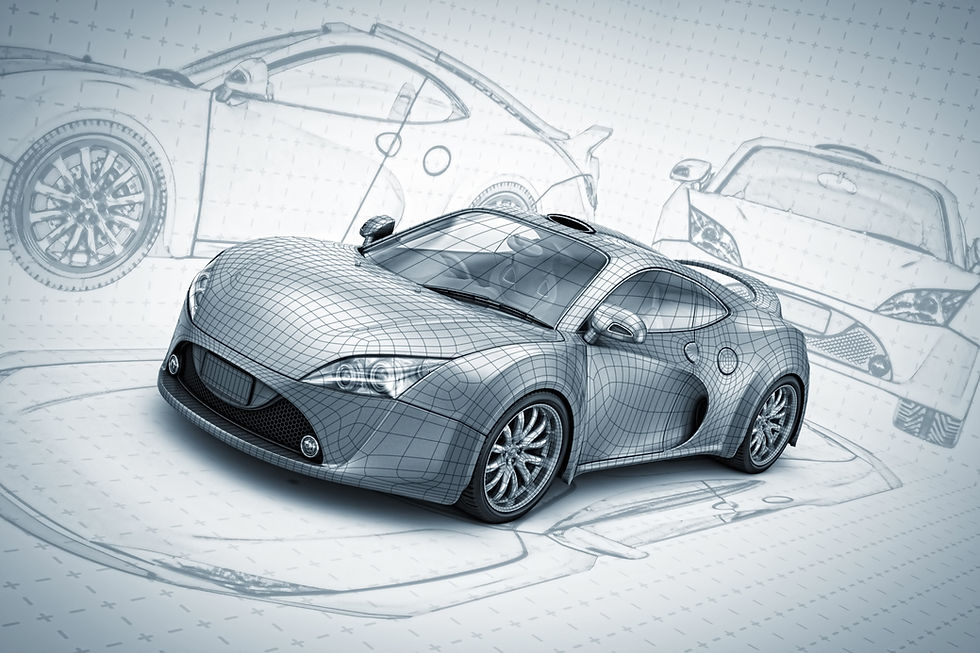Car manufacturing plants to be closed in Europe as excess capacity prevails
- Tamas Rozsa
- Jun 1, 2023
- 4 min read

Europe has traditionally been at the forefront of innovation in internal combustion engine (ICE) technologies. The three major German OEM’s in the premium segment, who together until pre-COVID traditionally controlled 70% of the global premium car segment made Europe a net exporter of 2 million cars. North America and China were the traditional recipients of European exports. According to Top Tier Consultants' analysis, a combination of factors has brought significant negative changes in recent years:
- Trade among global regions has been made more difficult by initially due to COVID, then even more so by increasing trade barriers (trade war China vs. US, US vs. EU).
- The rise of the SUV segment in the US became a global trend. This has led to the buildup of manufacturing capacities of European premium manufacturers in the US and China.
- Vehicle electrification makes Europe's ICE technology advantage irrelevant, while China becomes the leader and an exporter of battery technology.
- Tighter European environmental standards are making small A-segment cars in Europe very expensive. One after another, local manufacturers are ceasing production and sales of their models, which in turn provides an entry point for cheaper products made in China to be shipped to Europe.

As a result, Europe's net car export position is declining and is expected to disappear after 2025, further exacerbating the labor market challenge in which fewer jobs are needed to produce electric cars. Suppliers are likely to be the worst affected because carmakers have the possibility to insource - previously outsourced - processes and parts, such as electric motors, battery assembly, certain electric drive components, thus avoiding large-scale labor redundancies, trade union conflicts and political repercussions. Suppliers do not have this option, they face an inevitably declining market. Geographically hardest hit will be the Italian, but also the French and German medium-sized suppliers as part of their already declining production is moving to China and Central and Eastern Europe, while the rest being depressed due to electrification, at the same time their overhead costs remain high. Hungarian suppliers with lower labor costs, although a shrinking market is never a favorable prospect, are still in a far better position than their Western European competitors, since the reduction in supplier capacity is concentrated in Western Europe where labor costs are the highest.
The loss of the European car industry's net export position will reduce production demand in Europe by around 2 million cars a year, which is only the smaller part of the problem. The reduction in production demand is expected to total 52 million cars in Europe by 2030. As our previous article has also shown, until the price of electric cars can reach the usual price of internal combustion engine (ICE) cars, the demand side of the European car market will remain depressed. The cost of electric cars was previously expected to reach parity with that of ICE cars by 2025, but the cost of batteries recently increased over the past 1.5-2 years instead of falling, meaning that this car price parity between the different powertrains is more likely to occur between 2028-30. Price parity alone will not even be enough, the cost of electric cars will have to fall to the purchase power of pre-COVID times for the European car market to return to 2019 levels.

A drop in production demand due to COVID and the chip shortage resulted in car plant production capacity utilization falling below 50% in Europe. This is sustainable only for a very short time. The reason why car manufacturers have not suffered from poor capacity utilization so far was that the chip shortage has also led to a general shortage of cars, and price increases to compensate for the volume loss. However, with supply chains coming close to normalization, carmakers will need to return to ideally 75-80% capacity utilization. Current car production forecast suggests a 55-65% utilization rate which is unsustainable.
Car production demand leads to a significant and protracted overcapacity in Europe, which is not sustainable. Capacity reduction is a very sensitive issue, but it is inevitable. So far only one car manufacturer, Ford, has announced the closure of its Saarlouis plant in Germany, but it will certainly not be the last. Top Tier Consultants has identified 12 factories in Europe without any expected known electric car program. This would take a total of 2.5 million cars of production capacity off the market. Geographically, 11 of the 12 factories are in Western Europe, so three in France, two in Germany, two in the UK, but there is one in Spain, one in Portugal and the only eastern factory is in Turkey, so none in our immediate proximity in Central and Eastern Europe. This is understandable, given that car assembly plants in the CEE region are relatively new, have the highest levels of automation and are the most efficient, not to mention relatively low labor costs.
The above analysis shows the huge importance of a region, or country being able to grow by producing new technologies in a declining market. In Hungary, too, the development of the automotive industry can only be sustained if a large proportion of manufacturers of electric cars and their suppliers are located here. The development of a more complete electric car value chain will create an obvious competitive advantage, meanwhile the production of ICE products will inevitably disappear.







Comments